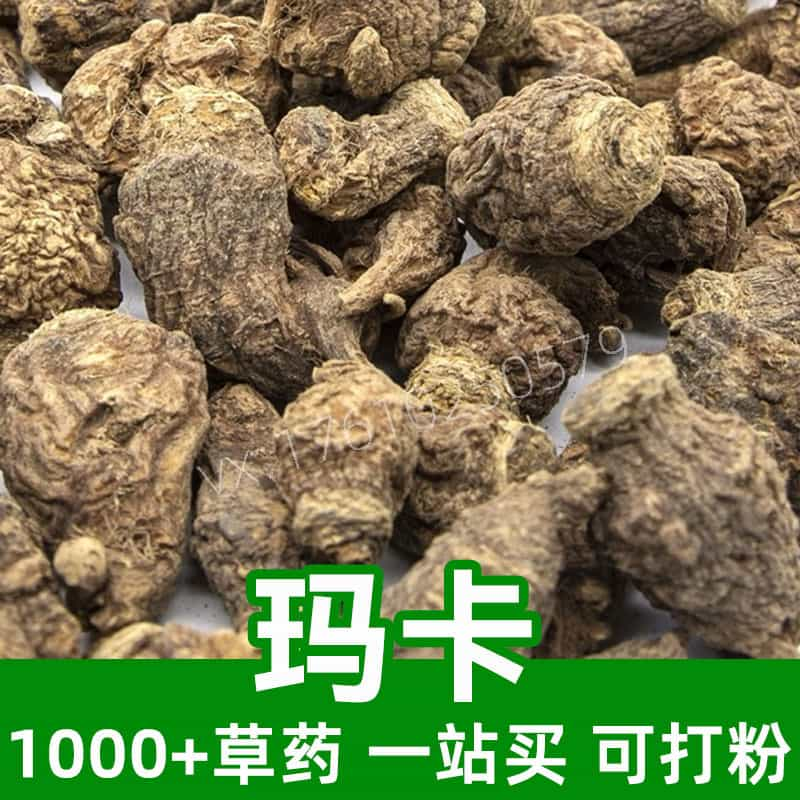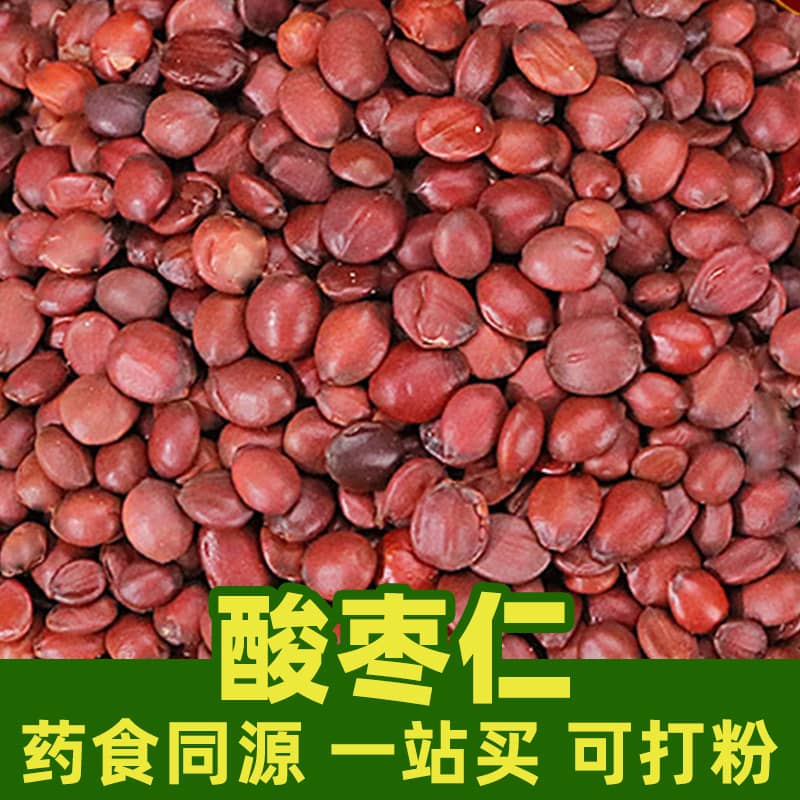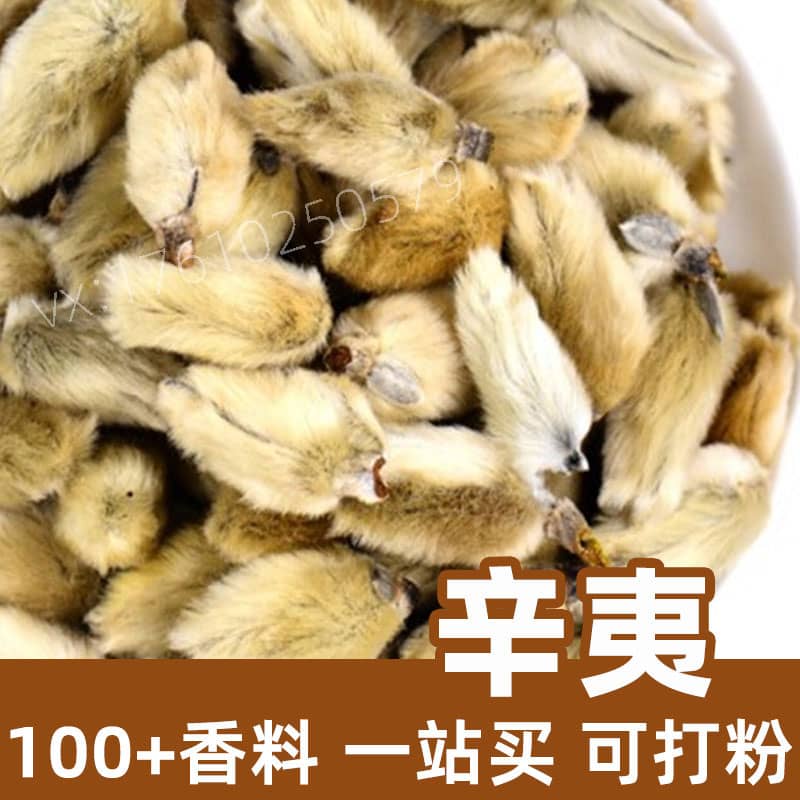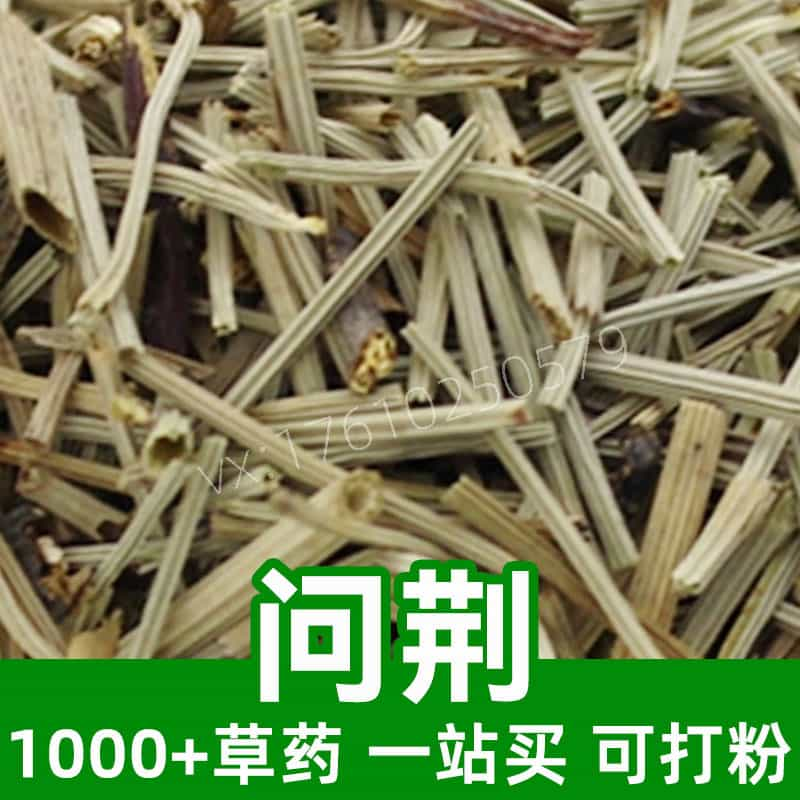Schisandra Berry Product Introduction
Southern Schisandra, also known as Mountain Grape or Schisandra Seed, is a plant with both medicinal and edible values. Its main components include schisandric acid, schisandrol, and schisandrin, among which schisandric acid is one of its main active ingredients. Southern Schisandra is native to China, mainly distributed in areas south of the Yangtze River, such as Sichuan, Yunnan, and other places. Southern Schisandra has effects such as astringing the lungs to stop cough, securing the kidneys to stop emission, and calming the mind and spirit, and is widely used in the field of traditional Chinese medicine. It is commonly used to treat symptoms such as cough due to lung deficiency, seminal emission, insomnia, and forgetfulness. In addition, in the food field, Southern Schisandra can also be used to make health foods, tea drinks, and other products to increase nutrition or regulate body functions.
Main Active Ingredients of Schisandra Berry
The main active ingredients of Southern Schisandra include schisandric acid, schisandrol, and schisandrin, among other chemical components.
- Schisandric Acid: It is one of the main active ingredients in Southern Schisandra, with effects such as astringing the lungs to stop cough, securing the kidneys to stop emission, and benefiting the kidneys to calm the mind. It has functions such as astringing to stop diarrhea, inhibiting cough, and enhancing immunity, and is widely used in the fields of traditional Chinese medicine and health food.
- Schisandrol: It is an important component of Southern Schisandra, with effects such as regulating kidney function and improving cardiovascular health. It can enhance kidney function, help regulate the balance of water and salt in the body, improve blood circulation, and thus maintain the normal function of the cardiovascular system.
- Schisandrin: It is a chemical component of Southern Schisandra, with antioxidant, anti-inflammatory, and anti-tumor effects. It can scavenge free radicals, reduce oxidative stress damage, and has inhibitory effects on inflammatory responses and tumor cell growth, helping to protect body health.
These active ingredients work together on the human body, with multiple effects such as regulating immune function, improving constitution, and delaying aging. Therefore, Southern Schisandra is commonly used in traditional Chinese medicine to treat symptoms such as cough due to lung deficiency, seminal emission due to kidney deficiency, and restlessness of the mind. At the same time, it can also be used as a health food to enhance constitution and improve sleep quality.
Application Scenarios and Dosage of Schisandra Berry
Southern Schisandra has a wide range of applications in the fields of traditional Chinese medicine and food, mainly used for conditioning the body, enhancing immunity, and improving various physical discomfort symptoms. The following are the applications and dosage of Southern Schisandra in different fields:
- Traditional Chinese Medicine Application:
- Benefiting Qi and Securing Essence: Southern Schisandra is used in traditional Chinese medicine to benefit Qi and secure essence, nourish the kidneys. It has a good conditioning effect on symptoms such as kidney deficiency constitution, soreness and weakness of the waist and knees, and frequent seminal emission.
- Cough Relief and Lung Moistening: Southern Schisandra has the effect of astringing the lungs to stop cough and can relieve symptoms such as chronic cough and asthma to a certain extent. It can be used alone or in combination with other medicinal materials.
- Regulating Immune Function: Southern Schisandra contains rich active ingredients that can enhance immune function, improve human resistance, and prevent the occurrence of diseases such as colds and influenza.
- Food Application:
- Nourishing and Health Preservation: Southern Schisandra can be used as a nourishing ingredient, used to make soup, stew, and other dishes. It is often combined with other nourishing ingredients such as goji berries and angelica to have the effects of nourishing and health preservation and strengthening the body.
- Flavoring Seasoning: Southern Schisandra can also be used as a flavoring seasoning in cooking, adding flavor and taste to dishes. It is commonly used in dishes such as stewed chicken soup and porridge.
- Dosage:
- Traditional Chinese Medicine Decoction: Southern Schisandra is often used as one of the components of traditional Chinese medicine decoction, with a general dosage of 5-10 grams, which can be adjusted according to specific symptoms and doctor's advice.
- Medicinal Cuisine Consumption: Southern Schisandra is combined with other medicinal materials or ingredients to stew soup or cook, with a general consumption of 15-30 grams per time, which can be adjusted according to personal taste.
- Food Seasoning: Southern Schisandra is ground into powder or sliced for use in cooking, with a general dosage of about 3-5 grams per time, which can be adjusted according to personal taste.
It should be noted that although Southern Schisandra has many benefits, there are also certain contraindications and side effects. Pregnant women, weak constitution individuals, and those with colds and fevers should use it with caution or avoid using it. Therefore, before using Southern Schisandra, you should consult a professional doctor or Chinese medicine practitioner's advice and strictly follow the doctor's medication instructions.
Introduction, Distribution, and Growth Environment of Schisandra Berry Source Plant
Southern Schisandra, also known as Schisandra chinensis, also known as Schisandra, is a common medicinal material and health food raw material. The following is the introduction, distribution, and growth environment of Southern Schisandra source plants:
- Plant Introduction:
- Southern Schisandra is a perennial climbing shrub, belonging to the Schisandraceae family and Schisandra genus, and is one of China's unique medicinal plants. The plant is about 2-3 meters high, with lush branches and leaves, and many hooked roots on the stem.
- The leaves of Southern Schisandra are opposite or spirally arranged in three, with long petioles, ovate or oblong leaves, leathery texture, luster, and serrated leaf edges.
- Distribution:
- Southern Schisandra is mainly distributed in Northeast, North China, Northwest, Central China, South China, and other regions of China, especially common in the Yangtze River Basin. In natural environments, Southern Schisandra often grows in moist environments such as hillsides, valleys, forest edges, ditches, and stream sides.
- Growth Environment:
- Climate Requirements: Southern Schisandra likes a warm and humid climate and is sensitive to temperature and humidity. It needs sufficient sunlight during the growth season but also needs to avoid strong sunlight.
- Soil Requirements: Southern Schisandra is not strict with soil requirements, but loose, fertile, and well-drained soil is preferred. It has good adaptability to acidic and slightly acidic soils but can also grow in neutral or slightly alkaline soils.
- Growth Habits: Southern Schisandra is a shade-loving plant, suitable for growing in semi-shaded environments, and can also grow in sunny environments, but it is necessary to pay attention to keeping the soil moist.
In general, Southern Schisandra is a plant with strong adaptability, and its requirements for the growth environment are not very harsh. However, it still needs to pay attention to providing suitable temperature, humidity, and soil conditions during cultivation to promote its normal growth and development.
Schisandra Berry Harvesting, Processing, and Storage
Schisandra (Southern Schisandra) is an important medicinal material, and its harvesting, processing, and storage are crucial to maintaining its medicinal effects and quality. The following is about the harvesting, processing, and storage of Schisandra:
- Harvest Time:
- The harvesting time of Schisandra fruit is generally in the autumn after the fruit is ripe, usually when the fruit turns red or yellow from green. After the fruit is ripe, the seeds inside the fruit gradually harden, the fruit skin changes color, and the effective components in the fruit reach the best content.
- Harvesting Method:
- When harvesting, choose fruits that are full, with intact appearance, and free of pests and diseases for picking. Manual harvesting or tool harvesting can be used, paying attention not to damage the fruit.
- After harvesting, the fruits should be cleaned up in time to remove impurities and residual fruit stems, leaves, etc.
- Processing Method:
- The harvested Schisandra fruit can be dried or baked to remove moisture and maintain its quality.
- When drying, choose a well-ventilated and sunny place to spread out the fruit for drying, avoiding excessive exposure and long-term exposure to the sun.
- When baking, low-temperature baking methods can be used, with the temperature controlled between 40-50 degrees Celsius to prevent the loss of effective components.
- Storage:
- Processed Schisandra fruit should be stored in a ventilated, dry, cool, and dry environment, avoiding direct sunlight and high temperature and humidity.
- You can choose to store it in containers such as paper bags or sealed jars, paying attention to sealing and moisture-proofing.
- During the storage process, regularly check the dryness and appearance of the fruit, and clean or replace it in time if mold or deterioration is found.
Through the above harvesting, processing, and storage methods, the medicinal effect components and quality of Schisandra can be effectively maintained, the storage period is extended, and good guarantees are provided for its subsequent medicinal or edible use.
Monica Sun is a seasoned expert in the natural raw materials industry, with over a decade of experience specializing in traditional Chinese medicinal herbs, spices, and fungi. She is skilled in the sourcing, processing, and application of these materials, emphasizing sustainability and innovation. Monica Sun has contributed to the development of high-quality natural raw materials that serve as essential components in functional foods, pharmaceuticals, and cosmetics, delivering tailored solutions to meet diverse market needs.
















